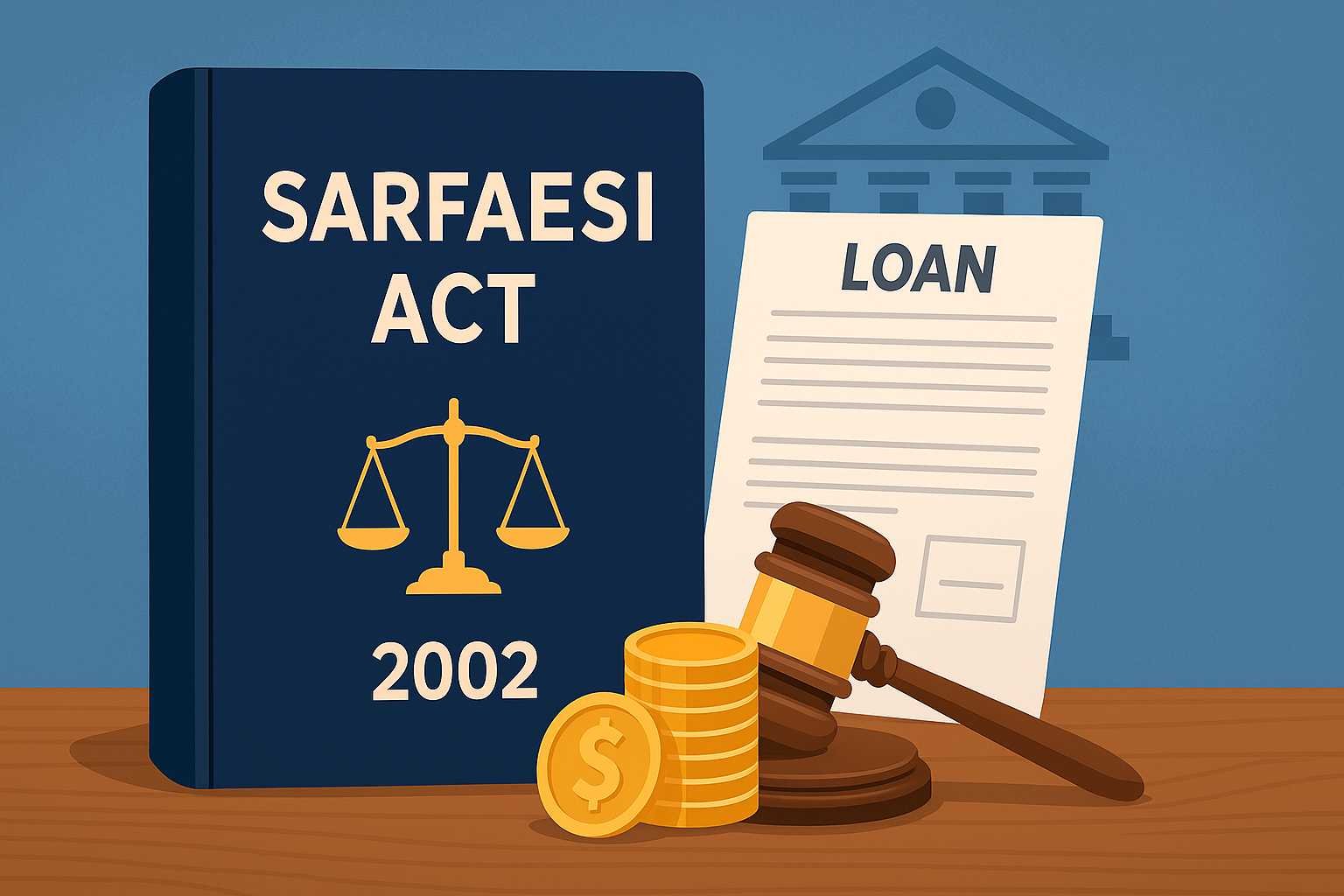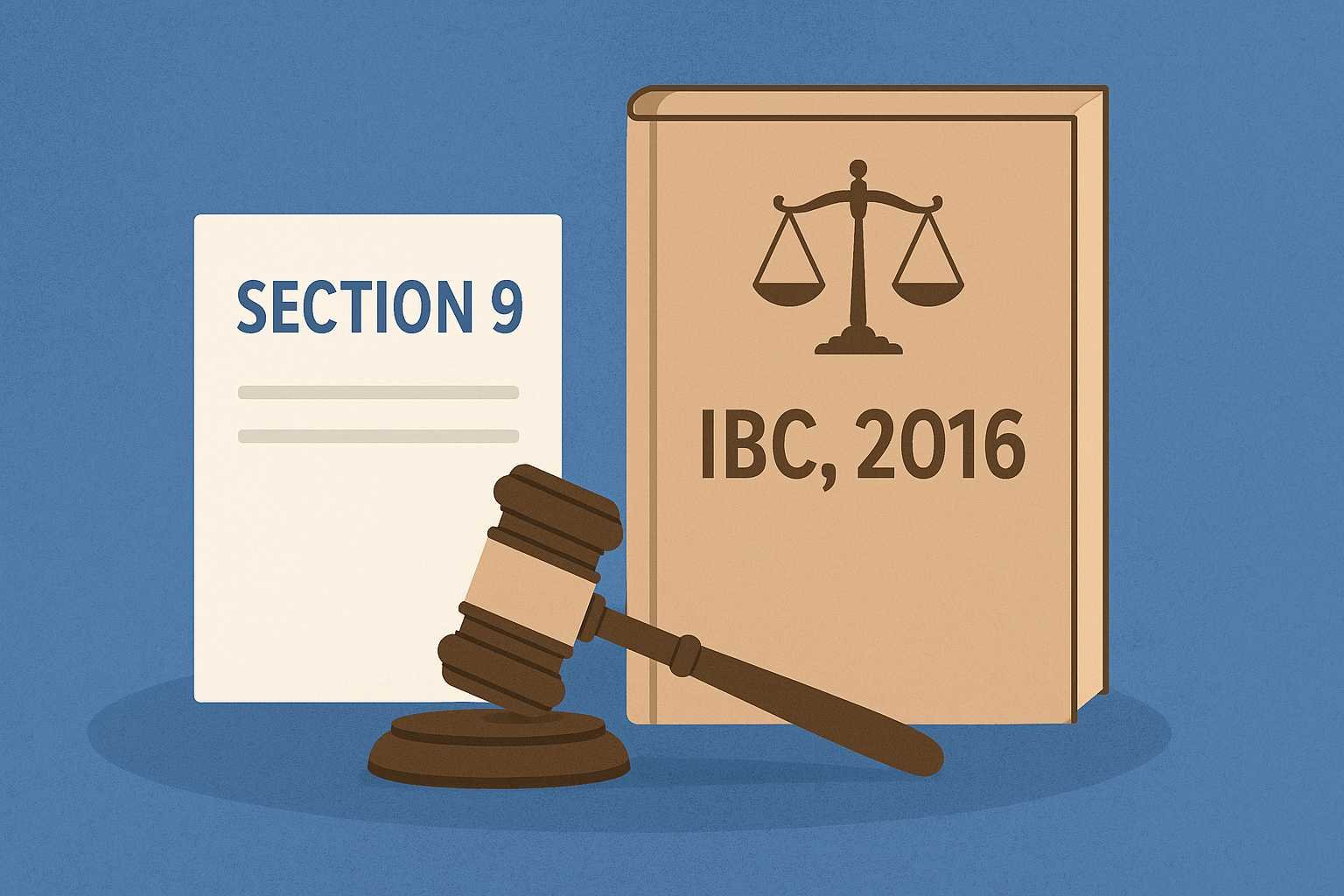On this page you will read detailed information about Concession Agreement.
In the dynamic world of infrastructure and public services, understanding concession agreements is crucial for stakeholders navigating the intersection of public and private sectors. As you delve into these legally binding arrangements, you will discover how they empower private entities to operate, maintain, and manage public assets. This article will guide you through the key concepts and definitions that form the backbone of concession agreements, offering insights into their structure and significance. Whether you are a policy maker, legal professional, or business leader, gaining a comprehensive understanding of these agreements is essential for informed decision-making and strategic planning.
Defining a Concession Agreement: What You Need to Know
What is a Concession Agreement?
A Concession Agreement is a legally binding contract that grants a company or individual the rights to operate a specific business within a government’s jurisdiction. It is a strategic arrangement often used to manage public resources or services by leveraging private sector efficiencies. These agreements are prevalent in industries such as infrastructure, mining, and energy, where private entities are tasked with building, operating, and maintaining facilities.
Key Elements of Concession Agreements
At its core, a Concession Agreement comprises several critical components that ensure clear expectations and responsibilities for both parties. Duration is one such component, often specifying the time frame within which the private entity can operate the concession. This period can range from a few years to several decades, depending on the industry and the complexity of the project.
Another crucial element is compensation, which outlines how the private entity will be remunerated for its services. This can take the form of direct payments, revenue sharing, or other financial arrangements. Additionally, the agreement will address performance standards to ensure the concessionaire meets the required quality and operational criteria.
Benefits and Challenges
Concession Agreements offer several advantages, such as enabling public access to essential services without the government incurring significant upfront costs. They also allow for innovation and efficiency, as private companies bring specialized expertise to the table. However, these agreements can also pose challenges, particularly regarding regulatory oversight and ensuring that public interests are safeguarded. Properly crafted Concession Agreements are pivotal in balancing these benefits and challenges, ultimately aiming to enhance service delivery while protecting communal assets.
Key Elements of a Concession Agreement
Definition and Purpose
A Concession Agreement is a legal contract between a government or a private entity and a concessionaire. This agreement grants the concessionaire the rights to operate a specific business within a certain area, typically involving public assets or infrastructure. The primary purpose of this agreement is to leverage the expertise and financial resources of private companies to manage and improve public services or facilities, while also allowing the government to focus on its regulatory functions.
Components of a Concession Agreement
A well-structured Concession Agreement typically encompasses several essential components:
- Duration and Scope: Clearly defines the term of the agreement and the scope of services or operations that the concessionaire is permitted to perform. This includes any limitations or boundaries on the activities undertaken.
- Financial Terms: Details the compensation structure, including fees, royalties, or revenue-sharing arrangements. It specifies how and when payments are to be made to the government or asset owner.
- Performance Obligations: Outlines the standards and benchmarks that the concessionaire must meet. This includes operational, environmental, and safety standards to ensure the quality and sustainability of the services or infrastructure provided.
Risk Allocation and Management
Another critical aspect of a Concession Agreement is the allocation and management of risks between the parties involved. Through effective risk-sharing mechanisms, the agreement aims to ensure that risks are allocated to the party best able to manage them. This often involves specifying responsibilities for unforeseen events, such as changes in law, natural disasters, or economic shifts.
By addressing these key elements, a Concession Agreement can serve as a robust framework for the successful collaboration between public and private sectors, driving improvements in public service delivery and infrastructure development.
Types of Concession Agreements: Public-Private Partnerships and More
Public-Private Partnerships (PPPs)
Public-Private Partnerships (PPPs) are a prevalent form of concession agreement that facilitate collaboration between government entities and private sector companies. These agreements leverage the strengths of both public and private partners, with the public sector benefiting from the private entity’s expertise, efficiency, and capital investment. In return, the private company gains from the opportunity to operate, maintain, and sometimes even own government assets or services for a specified period. This symbiotic relationship often results in improved quality of public services and infrastructure, such as transportation systems, healthcare facilities, and educational institutions.
Build-Operate-Transfer (BOT)
The Build-Operate-Transfer (BOT) model is another significant type of concession agreement, primarily applied in infrastructure development projects. In this arrangement, a private entity is granted the right to finance, build, and operate a project for a defined timeframe before transferring ownership back to the public sector. This model is particularly effective in large-scale projects like highways and power plants, where the government seeks to minimize initial financial burdens while ensuring long-term public ownership. BOT agreements provide incentives for private firms to maintain high operational standards, as their profits depend on the successful completion and management of these projects.
Lease-Develop-Operate (LDO)
Lease-Develop-Operate (LDO) agreements involve the leasing of an existing public facility to a private operator who then upgrades and manages the facility. Unlike BOT, LDO focuses on the enhancement and utilization of current assets rather than new constructions. This type of concession agreement is common in sectors such as airport management, where private expertise is harnessed to modernize and efficiently run facilities. The government retains ultimate ownership, while the private company earns revenue from operating the improved asset, thus ensuring mutual benefits for both parties involved.
In the previous post, we had shared information about Mastering Memorandum of Understanding: A Comprehensive Guide, so read that post also.
Benefits and Risks of Concession Agreements
Benefits of Concession Agreements
Concession Agreements offer a myriad of advantageous outcomes for both the public and private sectors. For governments, these agreements provide an opportunity to leverage private sector expertise, efficiency, and capital. This means that infrastructure projects, like roads, ports, or public utilities, can be executed more swiftly and with potentially enhanced quality. By transferring operational responsibilities to private entities, governments can focus their resources and efforts on regulatory and oversight functions, ensuring that public interests are safeguarded.
Private entities, on the other hand, benefit from the potential for long-term revenue generation and the opportunity to enter or expand into new markets. Through these agreements, they can build strong partnerships with public authorities, which may bolster their reputations and lead to future business ventures. Moreover, by engaging in projects typically funded by public means, private companies can diversify their portfolios and tap into reliable income streams.
Risks of Concession Agreements
Despite their many benefits, Concession Agreements are not without risks. For governments, there is the potential for significant financial exposure if a project does not proceed as planned. Poorly structured agreements can lead to substantial liabilities, especially if demand forecasts or cost estimates prove overly optimistic. Additionally, governments may face political and social risks, particularly if there is public opposition to private sector involvement in essential services.
Private companies also encounter risks, including the possibility of regulatory changes, which can affect project profitability. They must navigate complex legal and operational frameworks and ensure compliance with various standards. Financial risks are prevalent as well, as revenue projections may not always align with reality, leading to potential losses. Therefore, careful evaluation and robust risk management strategies are critical to mitigating these uncertainties.
In conclusion, while Concession Agreements hold significant potential for mutual benefit, both parties must diligently assess the inherent risks and ensure that agreements are structured with foresight and precision.
Real-World Examples: Successful Concession Agreements in Action
Infrastructure Development
In the realm of infrastructure, concession agreements have been pivotal in facilitating large-scale projects. A quintessential example is the Changi Airport concession agreement in Singapore. This agreement allowed a consortium to finance, build, and operate the airport, transforming it into a leading global aviation hub. The success of this concession lies in the innovative collaboration between public and private sectors, fostering economic growth and enhancing connectivity.
Another noteworthy example is the Channel Tunnel concession agreement between the United Kingdom and France. This ambitious project involved designing, financing, and operating the undersea tunnel connecting the two nations. The agreement ensured that private companies could manage and maintain the tunnel while reaping benefits from its operations. This not only promoted international trade but also provided a reliable transportation link that has stood the test of time.
Energy Sector Initiatives
The energy sector has also witnessed the efficacy of concession agreements. A prominent case is the Cahora Bassa Hydroelectric Power Station concession agreement in Mozambique. This initiative enabled private investors to construct and manage the power station, which supplies electricity to several countries in Southern Africa. The agreement encouraged investment in renewable energy, promoting regional energy security.
Similarly, the Sado Power Plant concession agreement in Portugal illustrates how such agreements can drive sustainable energy solutions. By allowing private entities to develop hydroelectric facilities, the agreement contributed to the nation’s commitment to reducing carbon emissions and fostering clean energy.
Urban Development
Urban development has also benefitted from concession agreements. The Gautrain Rapid Rail Link concession agreement in South Africa is a testament to their potential. By engaging private partners to finance, construct, and operate the transit system, the agreement addressed urban congestion and improved public transportation. This project exemplifies how concession agreements can lead to transformative urban infrastructure that enhances the quality of life for city residents.
These real-world examples underscore the value of well-structured concession agreements in driving progress across various sectors. They highlight the potential for public-private partnerships to yield innovative solutions that meet societal needs while delivering economic benefits.
Conclusion
In mastering the intricacies of concession agreements, you unlock a pivotal tool in the realm of public-private partnerships. Grasping the key concepts and definitions not only enhances your strategic business acumen but also empowers you to navigate complex negotiations with confidence. As you delve deeper into the dynamics of these agreements, you foster a framework that facilitates innovation and infrastructure development. This knowledge positions you to capitalize on opportunities that drive economic growth and societal advancement. Ultimately, understanding concession agreements equips you with the foresight and expertise necessary to make informed decisions in today’s ever-evolving landscape.
Disclaimer
The information and services on this website are not intended to and shall not be used as legal advice. You should consult a Legal Professional for any legal or solicited advice. While we have good faith and our own independent research to every information listed on the website and do our best to ensure that the data provided is accurate. However, we do not guarantee the information provided is accurate and make no representation or warranty of any kind, express or implied, regarding the accuracy, adequacy, validity, reliability, availability, or completeness of any information on the Site. UNDER NO CIRCUMSTANCES SHALL WE HAVE ANY LIABILITY TO YOU FOR ANY LOSS OR DAMAGE OF ANY KIND INCURRED AS A RESULT OR RELIANCE ON ANY INFORMATION PROVIDED ON THE SITE. YOUR USE OF THE SITE AND YOUR RELIANCE ON ANY INFORMATION ON THE SITE IS SOLELY AT YOUR OWN RISK. Comments on this website are the sole responsibility of their writers so the accuracy, completeness, veracity, honesty, factuality and politeness of comments are not guaranteed.
So friends, today we talked about Concession Agreement, hope you liked our post.
If you liked the information about Concession Agreement, then definitely share this article with your friends.








